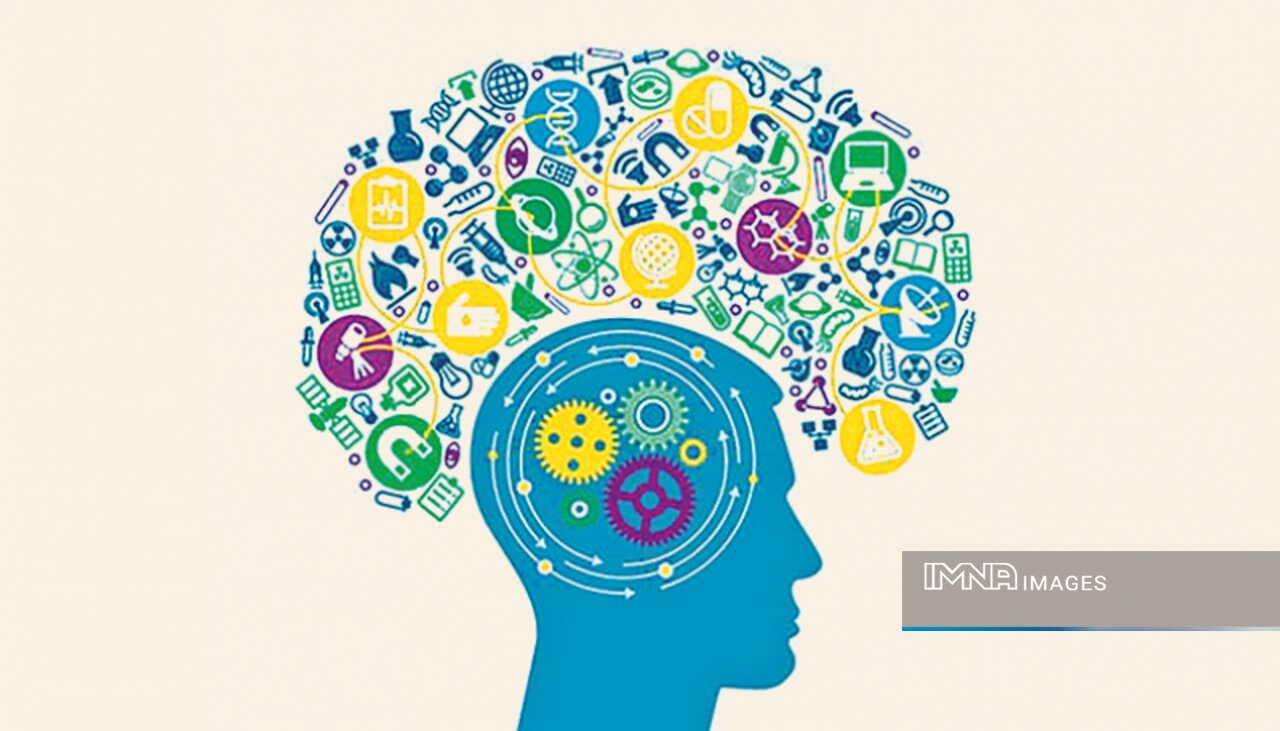Iran (IMNA) - Learning and utilizing various languages provides mental activity that helps maintain an active and robust brain, which may lower the risk of age-related cognitive decline.
Furthermore, the multilingual brain gets more adept at blocking out distractions, and mastering many languages boosts creativity.
The cognitive, emotional, and social functioning of an individual can be significantly impacted by learning numerous languages. Although the advantages of multilingualism are widely acknowledged, its capacity to foster tolerance is one of its less well-known benefits.
This happens in two ways:
The first is that it exposes individuals to a new way of doing things, referred to as "cultural competence."
The second is connected to a person's comfort level while coping with unknown situations, often known as "ambiguity tolerance."

Developing cross-cultural understanding
Cultural competency is essential for being successful in our increasingly globalized environment. A person's exposure to a new language might result in a greater awareness and knowledge of various cultures as it introduces them to new ways of doing things. Stereotypes may be eliminated, empathy can be developed, and intercultural understanding can be advanced with this experience.
How exactly can language acquisition enhance cultural competence? The solution can be revealed by investigating several sorts of intelligence.
Psychologist Robert Sternberg's study on intelligence discusses many forms of intelligence and their relationships to adult language development. What he calls "practical intelligence" is akin to social intelligence in that it helps people absorb nonverbal information from their surroundings, such as meaningful gestures or other social clues.
Learning a language necessarily includes knowing about other cultures. Students learn about the culture both in language classrooms and via meaningful immersion experiences.
Researchers Hanh Thi Nguyen and Guy Kellogg shown that when students learn another language, they build fresh ways of perceiving culture by analyzing stereotypes of culture. They clarify that "learning a second language involves the acquisition not only of linguistic forms but also ways of thinking and behaving."
Students can critically consider stereotypes of other cultures based on cuisine, appearance, and interacting practices with the assistance of an instructor.

Coping with the Unknown
Another way that adult language learning improves tolerance is connected to a person's comfort level while dealing with "ambiguity." Someone with a strong tolerance for ambiguity finds unexpected situations interesting rather than terrifying. Language acquisition increases people's tolerance for ambiguity, especially when many foreign languages are involved.
It is easy to see why this may be the case. Conversations in a foreign language will certainly include words that are unfamiliar.
If one of the participants kept pausing the conversation to say, "Hang on, I don't know that word," the discussion wouldn't be productive. I'll check the dictionary for it. The use of unfamiliar vocabulary would not stop those with a high tolerance for ambiguity from engaging in discussion.
Researchers Jean-Marc Dewaele and Li Wei during their research on ambiguity tolerance found that those who learn more than one foreign language in an organized environment are more tolerant of ambiguity.
Having a high tolerance for ambiguity has several benefits. It makes learners feel less nervous during social situations and during their future language-learning endeavors.
It should come as no surprise that a person feels more relaxed with this ambiguity as they have more experience learning languages.
It has also been shown that those who can tolerate greater ambiguity are more entrepreneurial —that is, they are risk-takers, more upbeat, more inventive.


Your Comment